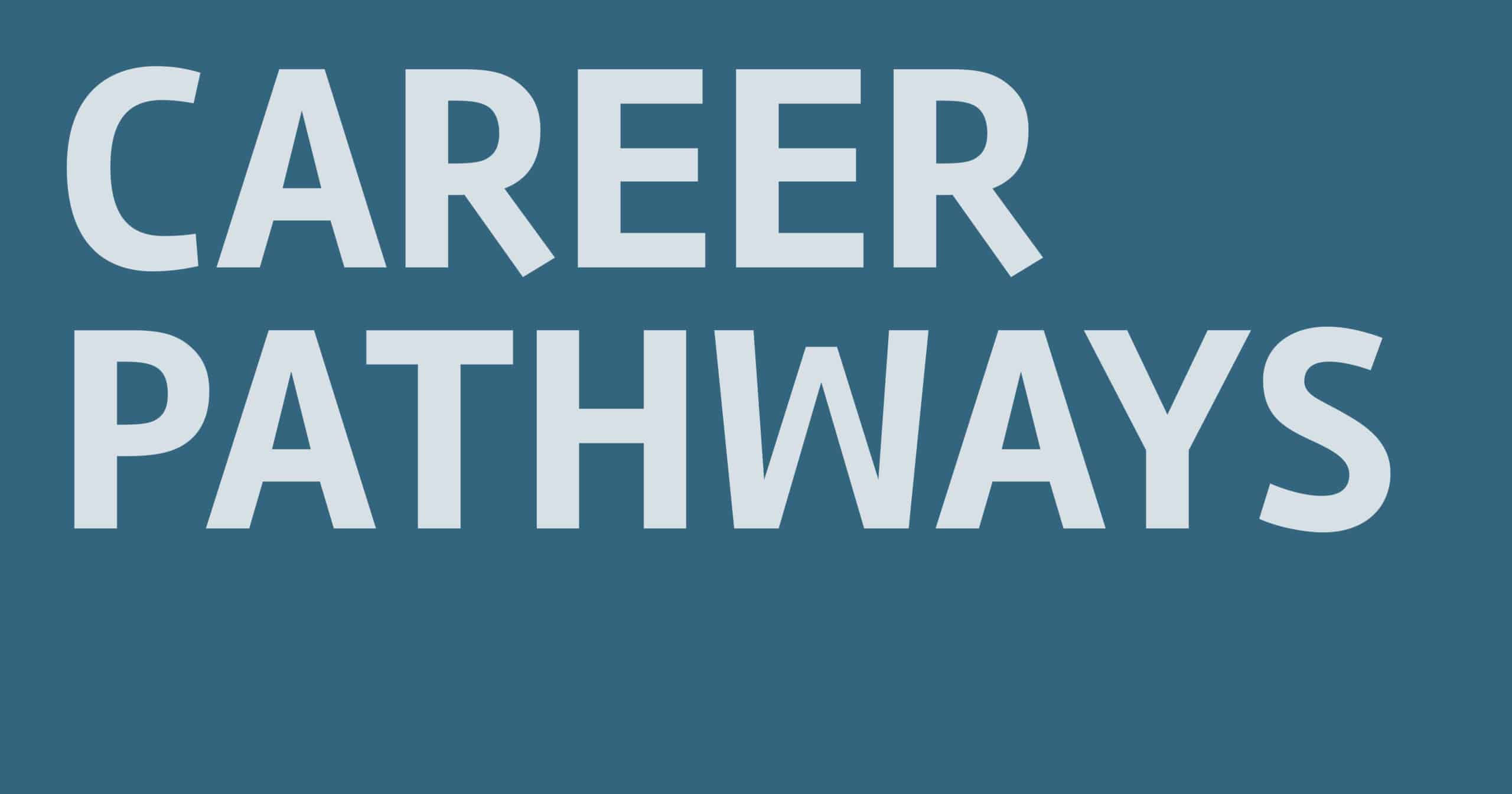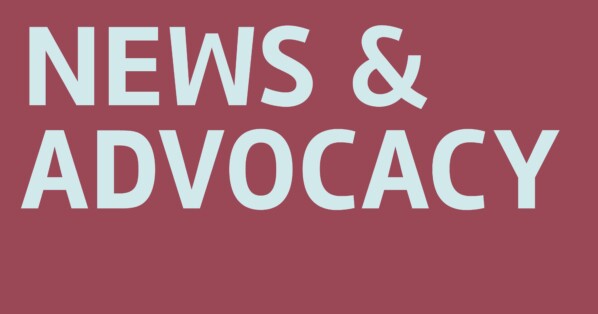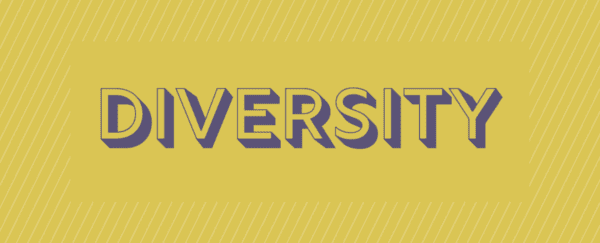With the advent of robots and computer bots interviewing the first rounds of job candidates, how do you charm R2-D2 or Lt. Cmdr. Data (the beloved android science officer on “Star Trek: The Next Generation”) when their admittedly less-than-human reactions throw you off?
First, a quick review of how artificial intelligence (AI) works might be helpful. AI uses a set of algorithms to tell the software to simulate cognition so it can analyze data, but the raw data itself can — and does — include inherent human biases, said Georgette Fraser-Moore, Ph.D., president and CEO of Atlanta-based Transformation Lead LLC.
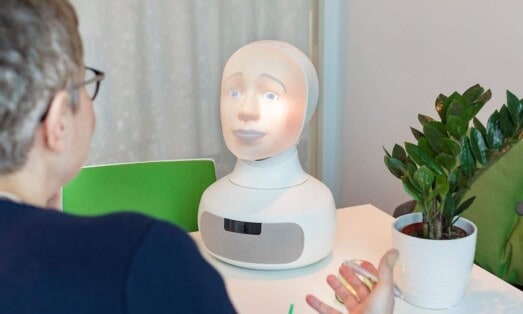
Robots’ skills and smarts are advancing with AI. Yet human resources experts say they are still struggling to deflect and, ideally, erase, the biases inherent in the data they’re feeding the robots.
While chatbots can speed decision-making — chatbots, for example, are programmed to ask particular questions to disqualify or qualify a job candidate — the human interviewee may say something new or outside the parameters coded into the chatbot decision-making tool. Then how does the robot or chatbot make sense of the interaction?
“It’s a fine line,” Dr. Fraser-Moore said. She advises that, in some cases, an interview with a bot is being recorded, so pretend you’re talking with another person. “I express myself by smiling and using my hands,” Dr. Fraser-Moore said. “It comes out in my voice — that feeling of genuineness.”
The technology also can pick up on and interpret fluctuations in a person’s voice and tone to evaluate not only what someone is saying, but also to make a determination of how he or she is saying it, Dr. Fraser-Moore said. Such data can be used to presume a candidate’s confidence or lack of knowledge in a particular area.
It’s also wise to include key words and searchable phrases in your resume and cover letter so the automated system will put you at the top of the line. And when interfacing with AI for interviews or virtual conversations, it is important to also use key terms that align with the position or role, so your profile goes to the top of the list.
The algorithms in the technology are “looking” for the candidates who use specific terms from the job description and ideal candidate profile, she said.
But don’t overdo it.

“Never just cut and paste your resume,” Dr. Fraser-Moore said. “Make sure you’re aligning your resume with that [specific] job. What is the employer looking for in skills and job-specific data? Explain that you understand the concepts and technologies of specific computer systems. List that … you’ve worked with specific software tools. Include your ‘soft’ skills, such as being a team player, an active listener, and a problem solver.”
“I tell my business clients to use artificial intelligence to inform their leaders’ decisions — [but] not to make the final [hiring] decisions,” said Dr. Fraser-Moore, who most likely is alive today because she decided to “sleep in” just after giving birth to one of her three now-grown sons, rather than attend a computer class on 9/11 just two blocks from the World Trade Center.
A humanlike computer interface
Companies in Europe and America have already started hundreds of pilot interviews with job seekers using a robot designed by Furhat Robotics, an artificial intelligence and social robotics company that started as a research project at Stockholm’s KTH Royal Institute of Technology.
The company has spent the past five years building a humanlike computer interface that mimics the way people speak, their subtle facial expressions, and humanlike reactions such as nodding and smiling.
A company that’s leased the software can switch the robot between a female or male character by projecting an image on the robot’s face.
Gabriel Skantze, Ph.D., a professor in speech technology at the KTH Royal Institute in Stockholm and co-founder and chief scientist at Furhat Robotics, said the idea is that “it feels much less scary or strange compared to a more traditional robot.”

The robotics company has collaborated for the past two years with TNG, one of Sweden’s largest recruitment firms.
One goal is to see the kinds of questions the robot could ask, and whether and how it understands the answers, Dr. Skantze said.
“Are people freaked out? Does it feel odd?” he said. “People first think it’s a strange situation. They get used to it very quickly. Of course, some notice it’s not the same kind of feedback [as with a human being].”
That’s where programmers must take care how they’re teaching the robot to respond.
“We have prejudices about people, and we very quickly form an idea about what kind of person we’re talking to,” Dr. Skantze said. “It’s all kinds of prejudices — gender, ethnicity, a person’s weight, how tall people are.”
Furhat Robotics aims to “teach” the robot to refrain from knee-jerk biases with practice, by carrying out a variety of test interviews using a diverse pool of volunteers.
“The robotic platform is learning from several different recruiters so it doesn’t pick up the specific behavior of one recruiter,” Dr. Skantze said.
Humans still have the last word, especially for the job interviewees’ answers to open-ended questions. The robot transcribes the interviewees’ answers, and a professional human recruiter assesses them.
“We have to understand it’s still limited,” Dr. Skantze said. “The last 10 years, we’ve made fantastic progress in recognizing speech. Why wouldn’t we continue to make progress?”
Others are working on internal software aimed at delivering “balanced” representation in employee search results, based on relevant skills and experience, to recruiters and hiring managers when they’re searching for candidates.
Online professional networking site LinkedIn, owned by Microsoft, has a product called “Recruiter” that is built to be gender representative so that when recruiters search for candidates, a balanced gender representation shows up. This helps to ensure that two people with equal talent get equal access to job opportunities.
Safeguards automatically flag exclusionary or discriminatory job listings, said Romer Rosales, Ph.D., senior director of artificial intelligence for the Sunnyvale, California-based LinkedIn, in an email interview.
“We also provide recruiters with feedback on the inclusiveness of their outreach and how they stack up against the most inclusive recruiting teams in their industries,” he said.
And the company offers video training on topics such as implicit bias and empathy at work. “Before we build any product, we ask ourselves, ‘How can we ensure that our products and features work equally for everyone?’” Dr. Rosales said.
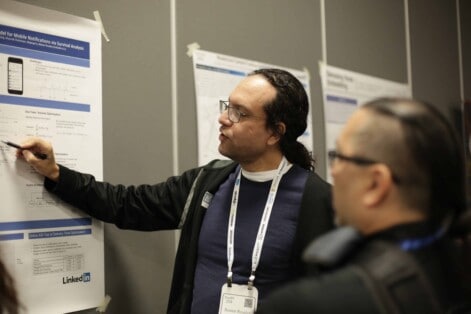
LinkedIn has started an internal initiative to gear its design process toward building more inclusive products.
“This project has allowed us to measure the equalizing effects of any new product change before we launch it, to help avoid any unintended negative consequences,” Dr. Rosales said. “This is really important, because there’s always the danger that AI or a new product feature can reinforce existing social inequalities that manifest themselves in areas like digital literacy or what we call the network gap.”
To teach its employees how to build AI in what LinkedIn calls “a balanced, empathetic way,” the company has launched a series of AI-related educational programs.
One example is AI Academy, a training program comprising two courses: one for technical employees such as engineers who build AI systems every day, and another for nontechnical employees who don’t write the code, such as recruiters, product managers, and communications employees.
Such initiatives appeal to Generation Z — those born after 1996, with the oldest turning 23 in 2020 — who want to work with companies that live up to their espoused humane values, said Rajeev Sharma, global head of enterprise AI at Pactera EDGE, a Redmond, Washington-based engineering and globalization consulting firm.
And the trend opens the way for data engineers — the next evolution in which engineers build pipelines that transform data into formats that data scientists can use.
Just beware trying to “game” the system, Sharma said. He said job applicants do this by typing every possible word relevant to the job description into their resumes and then “whitewashing” the words. The result is that humans cannot see what’s underneath the whitewashed word, but the human-resources AI system reads the words and spits the results to the top of the applicant list.
By trying to shortcut the process, most such applicants get short-listed, but rarely make it to the second round, he said. Sharma’s advice: Just respond honestly to the job description rather than fake it.
“Stick to the knitting,” he said. “Claim what you’re good at. Try to listen to the letter and spirit of the job description, and go with that.”
Experts agree that because artificial intelligence remains such an uncertain science, you’d be wise to keep working on old-fashioned networking and convince human interviewers that your skills will benefit the employer.
Still, make your pitch
LaKiesha Tomlin, founder of Thriving Ambition, a leadership development consulting company, has designed an online course and YouTube videos aimed primarily at midcareer and other professionals looking to move up and executives looking to improve their performance skills.

“Reach out directly to the hiring manager or the person making the hiring decisions,” said Tomlin, who is working on an MBA at Yale University to complement her master’s degree in technical management.
“Companies’ software isn’t finding some of the best [job] candidates out there, so make your pitch,” she said.
Other advice:
• Go to events, even virtual ones, and don’t be shy. “When I was trying to find a job after my sabbatical, I went to events,” Tomlin said. “I’ve been to a few virtual happy hours. I reached out to my network. At first, I felt intimidated when I talked to a hiring manager, but I focused on the fact that, in reality, we’re all just human. I ended up with multiple job offers.”
“One of the hiring managers knew people who had worked with me, and they had great things to say,” she said.
• Build a network. Be open to meeting people — and not by adding names to your LinkedIn list. “I joined organizations based on, ‘I want to be …’ so that I could meet people who do that work,” Tomlin said.
• Talk to people. “I have been getting on the phone with people during the pandemic. Or I’ll send an invite saying, ‘Hey, let’s talk,’” she said.
“It’s not just about me getting what I want. It’s also about helping others meet each other, and asking yourself how you can demonstrate your value to an employer. Ask yourself, ‘What’s in my skill toolbox that would be valuable for that employer?’”


